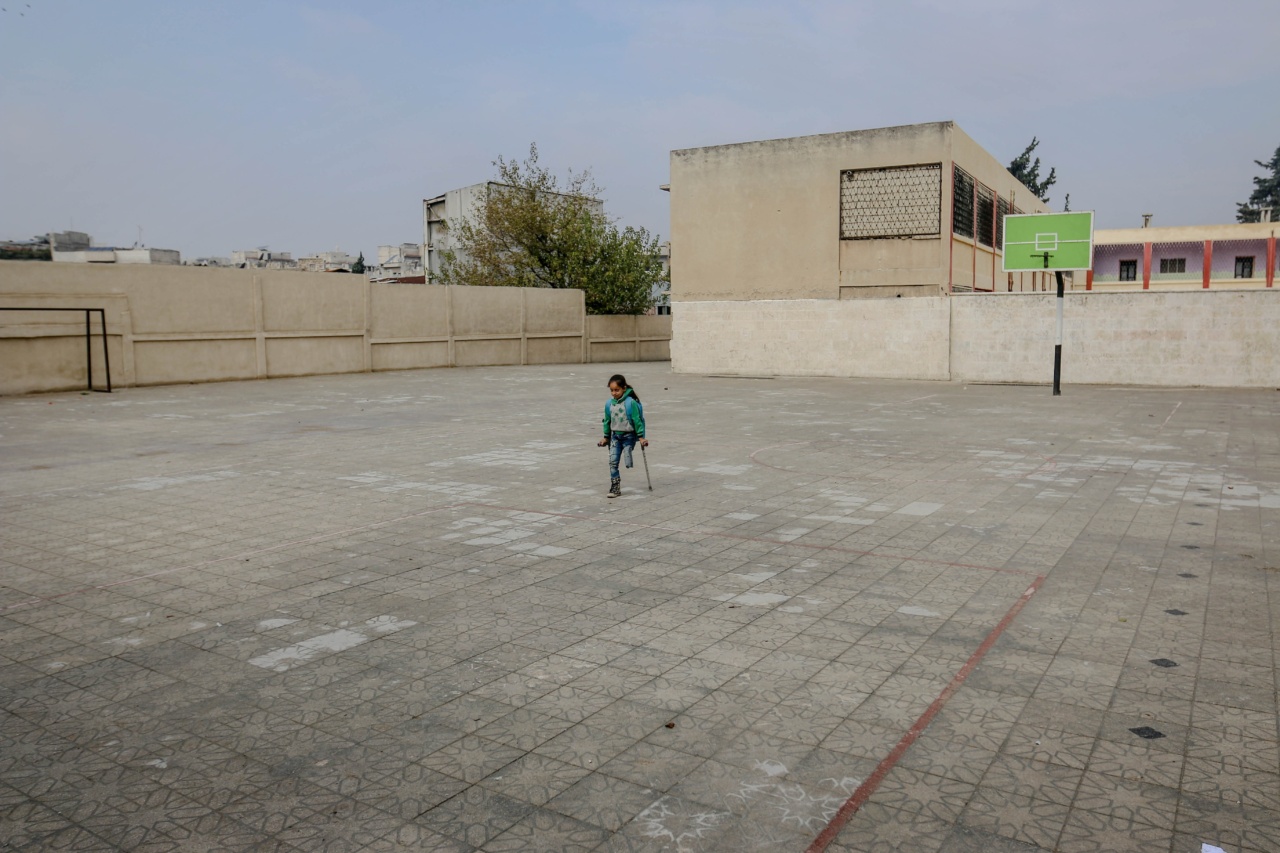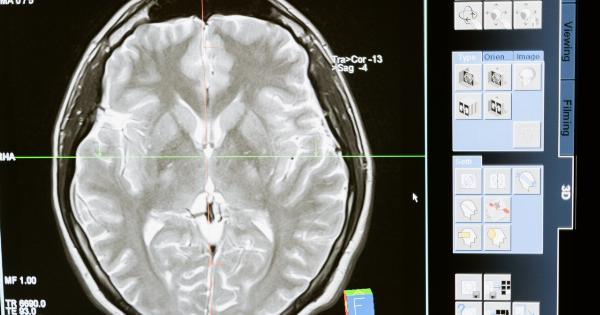We all have that one friend or relative who has the uncanny ability to predict the weather based on the pain they feel in their joints.
While there is no scientific evidence to support it, many people believe that changes in the weather can trigger or worsen pain in conditions such as arthritis, fibromyalgia, and migraines. Whether or not you believe in this theory, there are ways to manage weather-related pain:.
1. Stay Active
One of the best things you can do for your body is to stay active. Regular exercise can help reduce pain, improve flexibility, and strengthen the muscles around your joints.
When the weather is bad, it’s tempting to stay indoors and curl up with a book or watch TV, but this can actually make your pain worse. Instead, try to stay active by doing low-impact exercises such as swimming or yoga. Not only will this keep your body moving, but it can also help reduce stress, which is another trigger for pain.
2. Use Heat or Cold Therapy
Applying heat or cold to your joints can help reduce pain and inflammation. Heat therapy can help relax your muscles and improve circulation, while cold therapy can help numb the area and reduce swelling.
You can use a hot water bottle, heating pad, or warm towel for heat therapy, and an ice pack or bag of frozen peas for cold therapy. Just make sure to wrap the hot or cold source in a towel before applying it directly to your skin to avoid burns or frostbite.
3. Practice Mindfulness
Mindfulness is the practice of being present and focused on the moment, without judgment. It can be a helpful tool for managing pain, as it can help you relax and reduce stress.
There are many ways to practice mindfulness, such as meditation, deep breathing, or guided imagery. You can find many apps or online resources to help you get started with mindfulness.
4. Eat a Healthy Diet
What you eat can have an impact on your pain levels. A diet rich in fruits, vegetables, whole grains, and lean protein can help reduce inflammation and improve overall health. Avoiding processed foods, sugary drinks, and alcohol can also help reduce pain.
It’s also important to stay hydrated by drinking plenty of water.
5. Get Enough Sleep
Getting enough sleep can be challenging when you’re in pain, but it’s important for your overall health and wellbeing. Lack of sleep can make pain worse, so it’s important to establish good sleep habits.
Try to go to bed and wake up at the same time every day, avoid caffeine and alcohol before bedtime, and create a relaxing sleep environment by keeping your bedroom cool, dark, and quiet.
6. Take Medications as Prescribed
If you take medications for your pain, it’s important to take them as prescribed by your doctor. Don’t skip doses or take more than the recommended dose, as this can lead to serious health problems.
If you have concerns about your medications or are experiencing side effects, talk to your doctor or pharmacist.
7. Stay on Top of Your Medical Appointments
Regular medical appointments are important for managing pain and staying healthy. Make sure to keep up with your appointments with your doctor, physical therapist, or other healthcare providers.
They can help you develop a plan for managing your pain and monitor any changes in your condition.
8. Consider Alternative Therapies
Alternative therapies such as acupuncture, massage therapy, and chiropractic care can be helpful for managing pain. While these therapies may not work for everyone, many people find them to be a helpful addition to their pain management plan.
Be sure to talk to your doctor before trying any alternative therapies.
9. Stay Positive
Dealing with chronic pain can be challenging, but staying positive can help you manage it more effectively.
Surround yourself with positive people, focus on the things you can do rather than what you can’t, and find ways to stay engaged and active in your life.
10. Find Support
Living with pain can be isolating, but you don’t have to go through it alone. Find support from friends, family, or a support group for people with chronic pain.
Talking to others who understand what you’re going through can be a helpful way to cope with the emotional and physical challenges of living with pain.



























